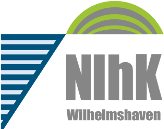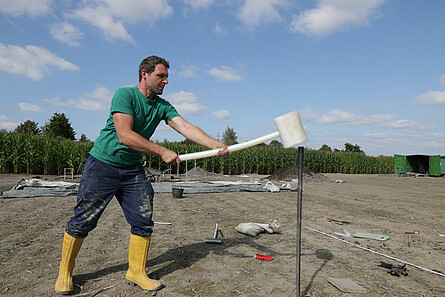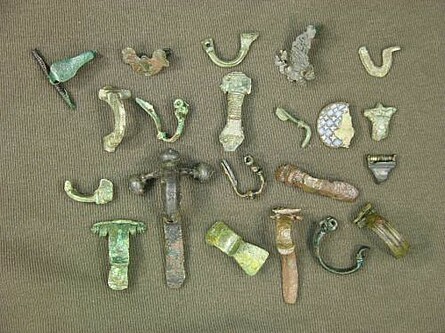The Elsfleth-Hogenkamp beach market during the Roman Iron Age and Migration Period.
Interdisciplinary prospections to reconstruct the settlement- and economic structure and landscape changes during the first millennium AD
Known by its assemblage of surface-collected artifacts dated to the Roman Imperial and Migration Period, the archaeological site of Elsfleth-Hogenkamp holds a special place in the settlement research of Northwest Germany. The recently published analysis of this material provides evidence of supra-regional exchange contacts as well as intensive metalworking activity over the course of the first half of the first millennium AD. The development and structure of the settlement, however, is largly unknown. This is the starting point of a German Research Foundation–funded research project, which relies on the application of geophysical and pedological surveys together with archaeological test pits and interdisciplinary ceramic analysis in order to clarify the extent of settlement preservation and the activities that are reflected in the features and artifacts uncovered. Additionally, with the aid of archaeometallurgical investigations carried out by the German Mining Museum Bochum, questions concerning the types of metallurgical activities undertaken at the site, the origin of the metals, and the types of metal objects potentially produced on-site will be explored. Through the consolidation of the archaeological finds and those of nearby documented contemporary archaeological sites, the function and meaning of this settlement will be analyzed within the local settlement framework. The research team is comprised of Saryn Schlotfeldt (Archaeology), Jonas Enzmann (Archaeology), Andreas Folkers (Soil Science), Katrin Struckmeyer (Ceramic Analysis) and Stephen Merkel (Archaeometallurgy).
Further information can be found here.
Bibliography
Scheschkewitz, J., 2006: Ein Zentrum an der Huntemündung. Archäologie in Niedersachsen 9, 2006, 104-107.
Mückenberger, K., 2013: Elsfleth-Hogenkamp. Archäologische Funde des 1. Jahrtausend n. Chr. am Zusammenfluss von Hunte und Weser. Studien zur Landschafts- und Siedlungsforschung im südlichen Nordseegebiet. SLSN 4
Schlotfeldt, S. 2016: Neue interdisziplinäre Forschungen am kaiser- und völkerwanderungszeitlichen Ufermarkt Elsfleth-Hogenkamp, Ldkr. Wesermarsch. Nachrichten des Marschenrates zur Förderung der Forschung im Küstengebiet der Nordsee 53, 2016, 12-13.
Merkel, St., Schlotfeldt, S., Struckmeyer, K., 2017: Gold, silver and bronze. Analysis of three fragments of technical ceramic from Elsfleth-Hogenkamp, Germany. Metalla 23.1, 2017, 19-28.
Siegmüller, A., Folkers, A., Schlotfeldt, S. 2017: Die Siedlung Huntebrück-Wührden, Landkreis Wesermarsch – Leben an der Hunte in den Jahrhunderten um Christi Geburt. Nachrichten aus Niedersachsens Urgeschichte 85, 2016 (2017), 85-134.


